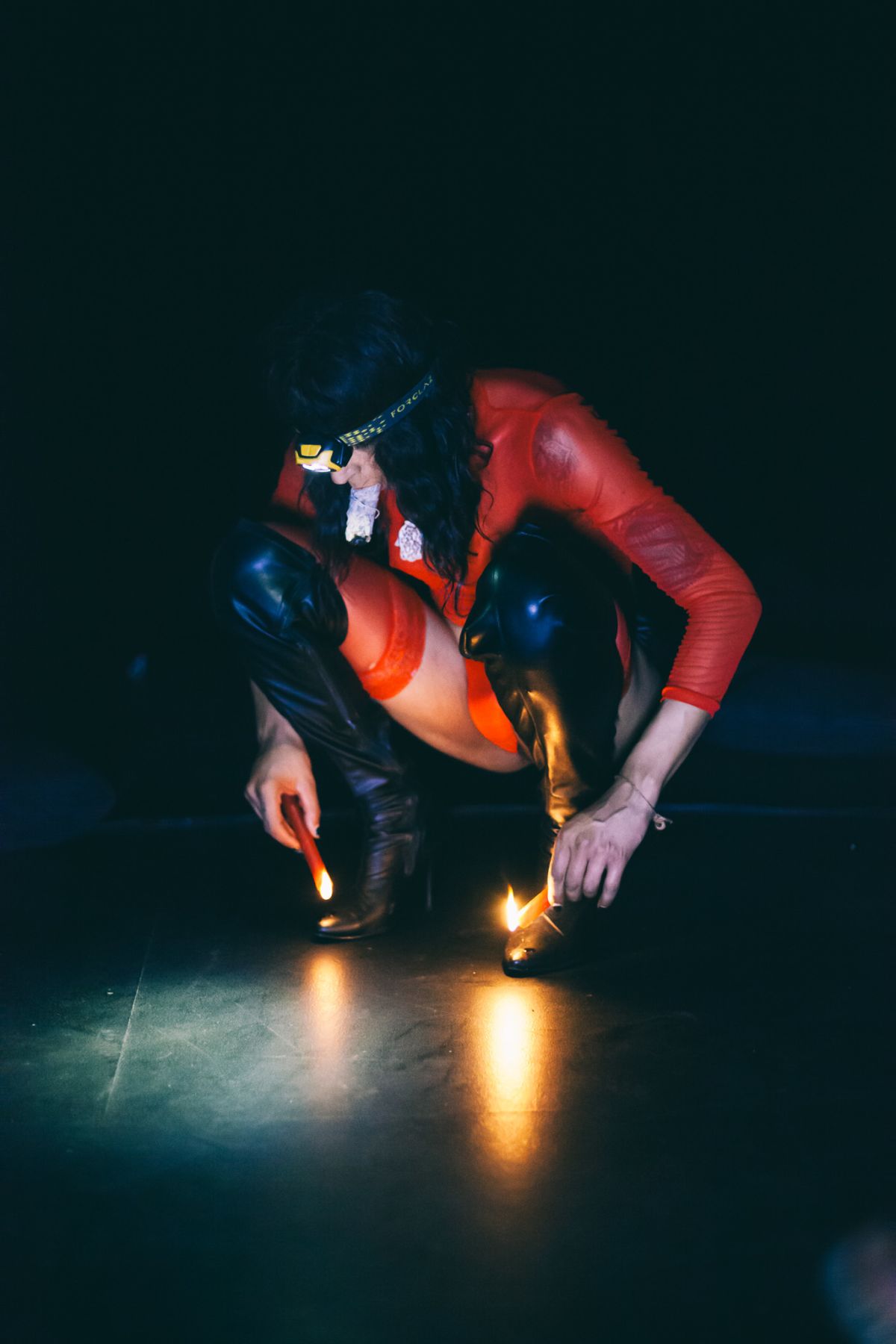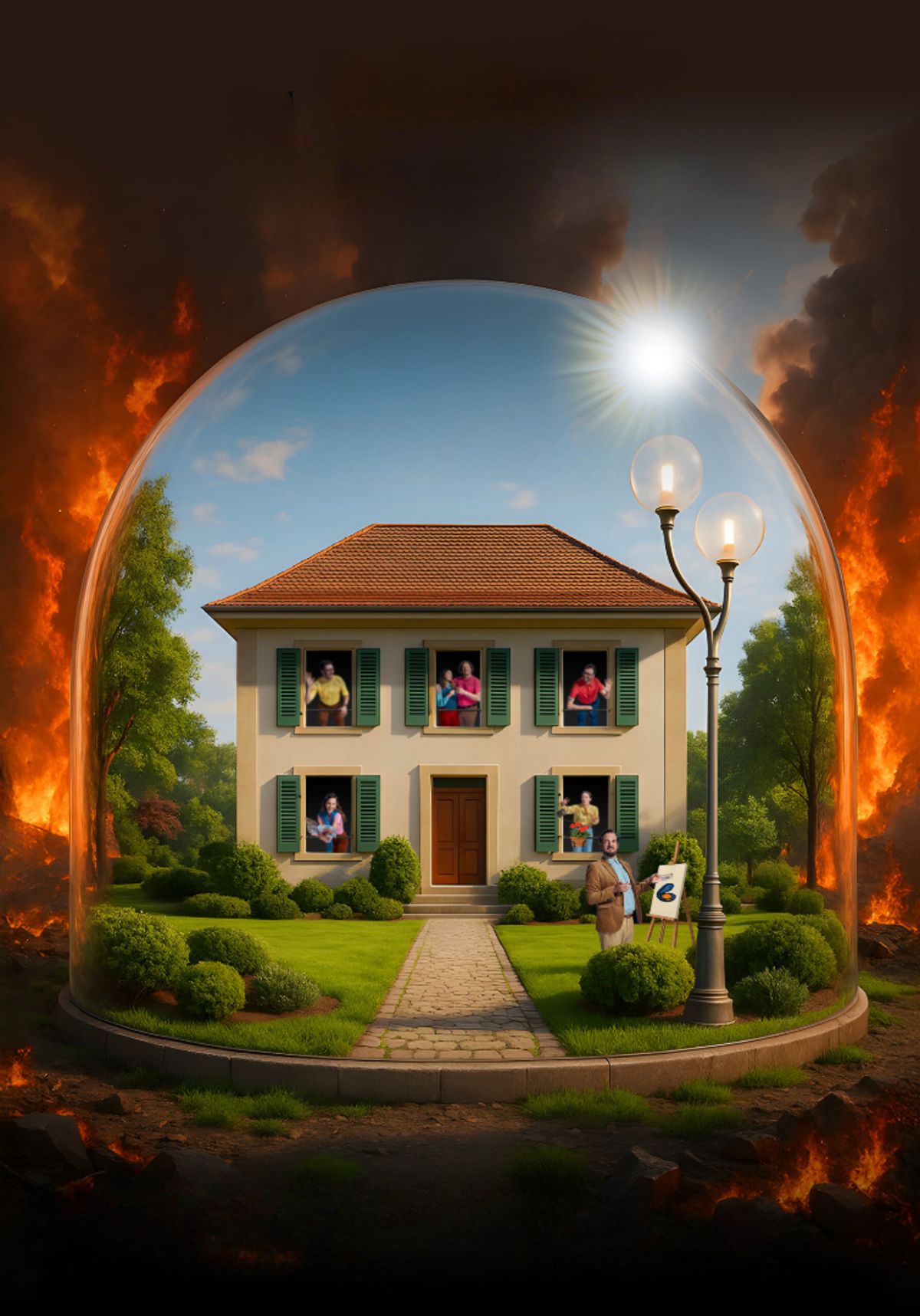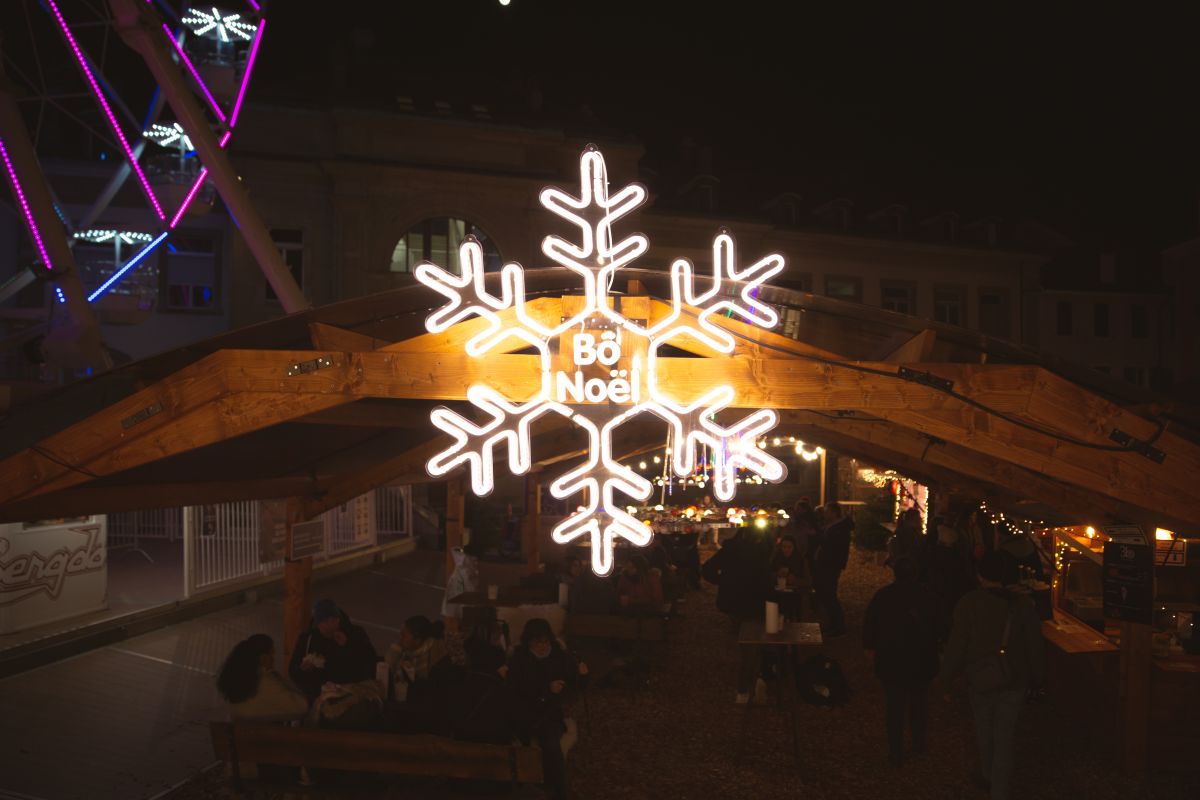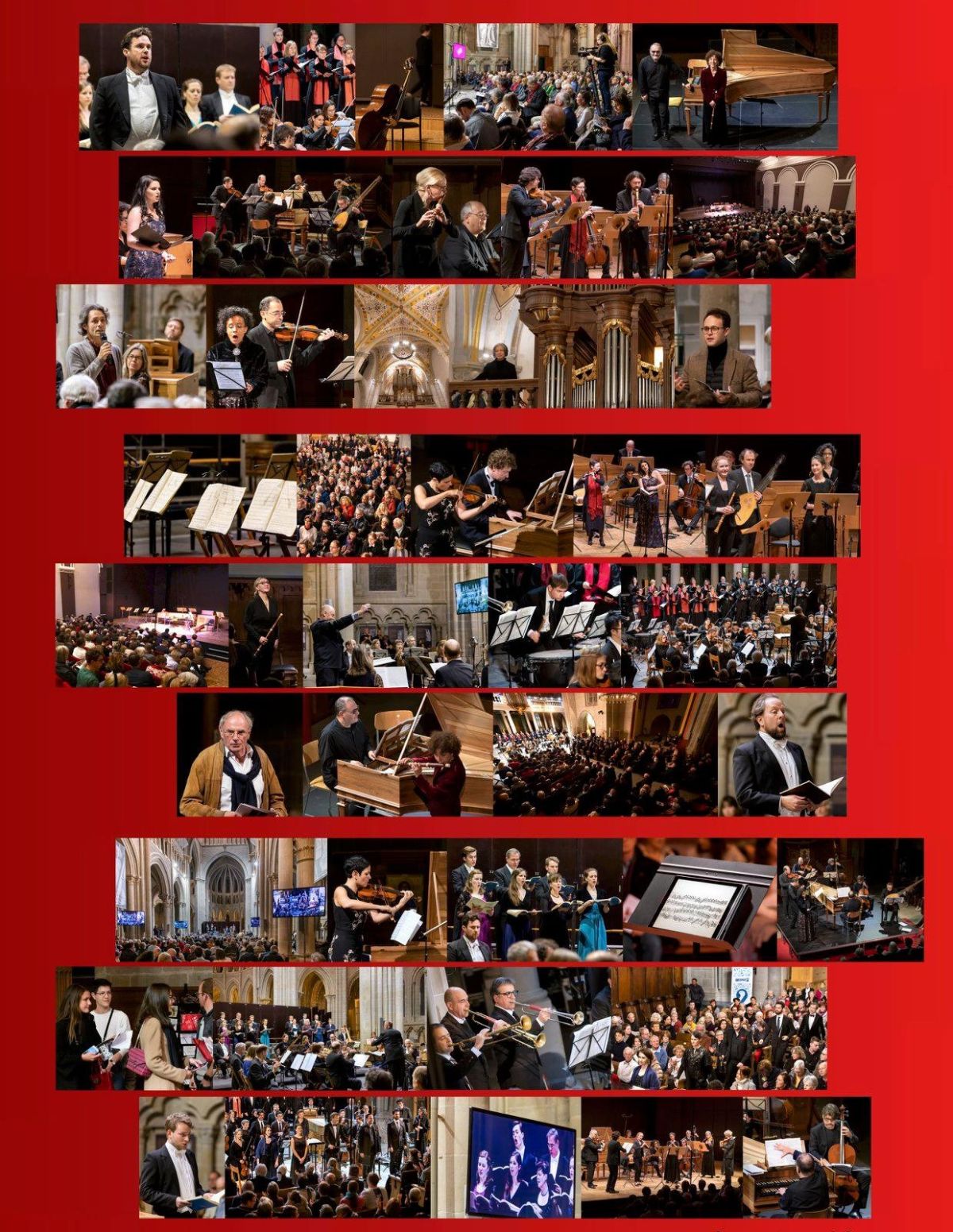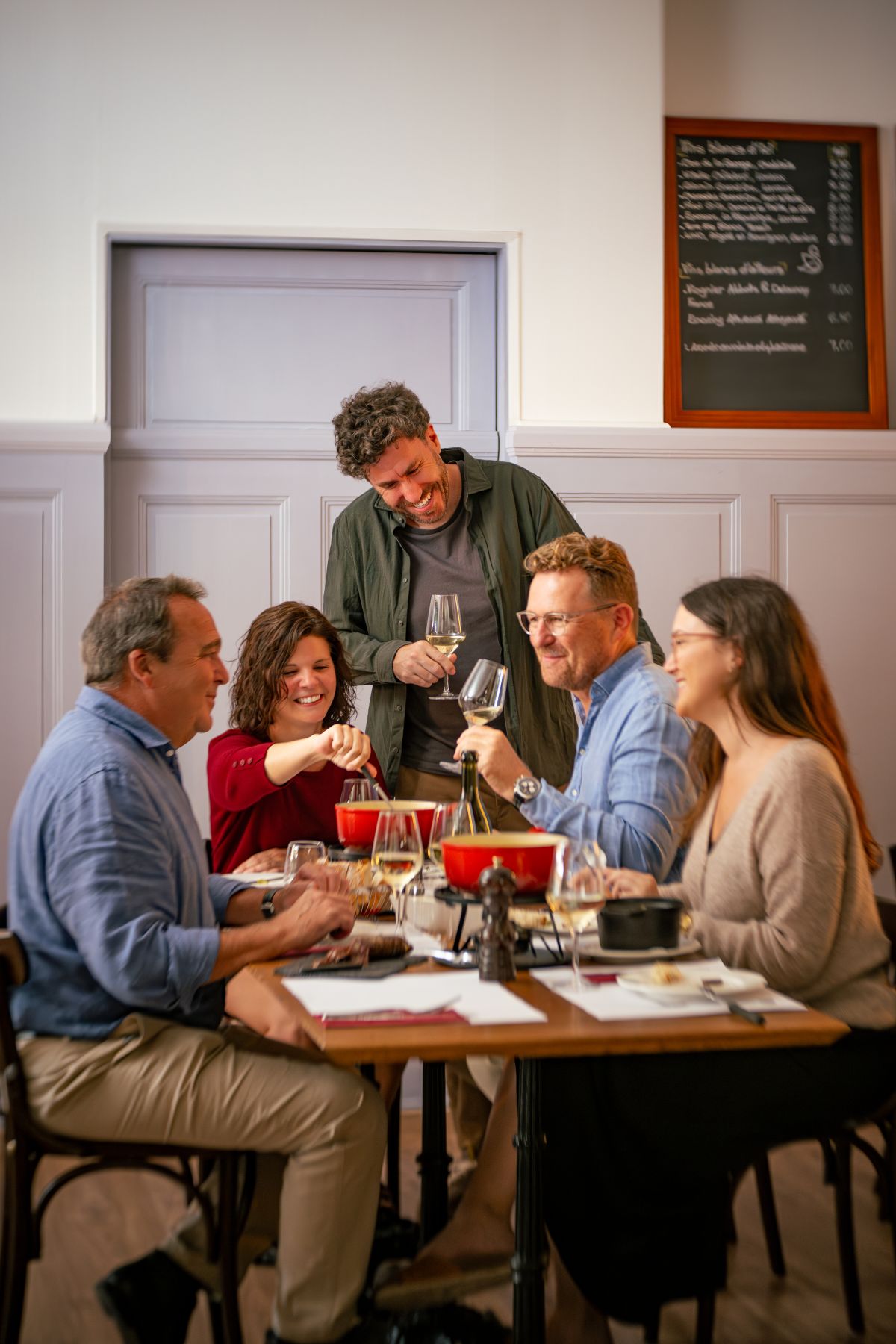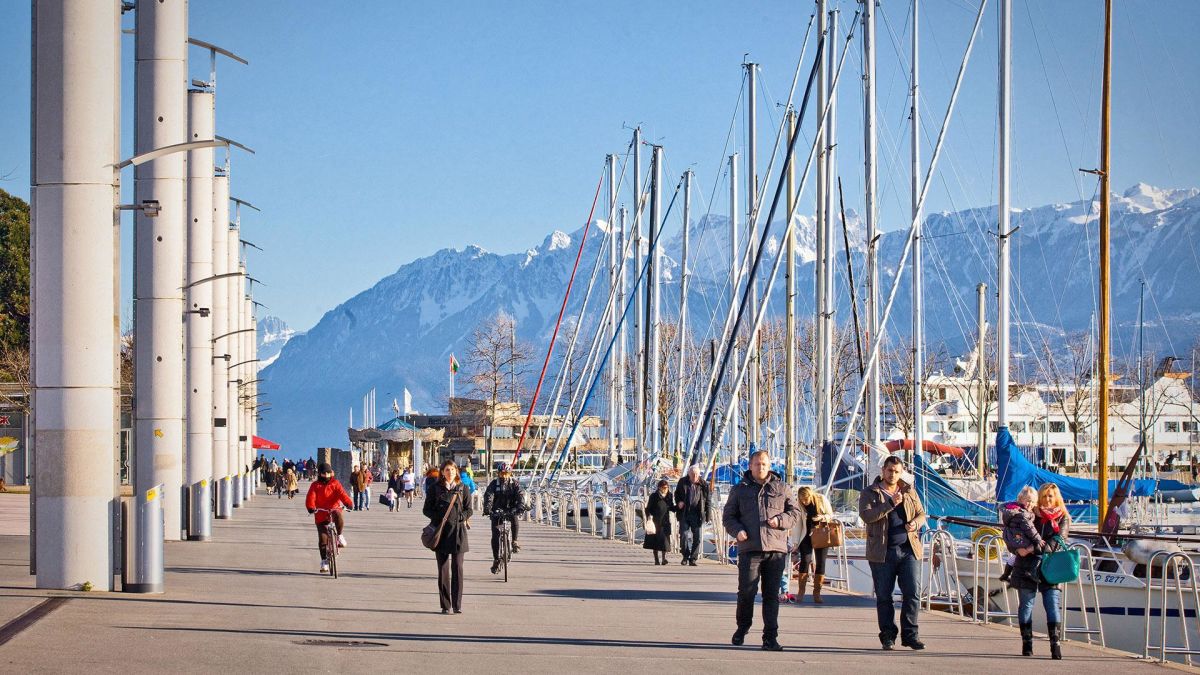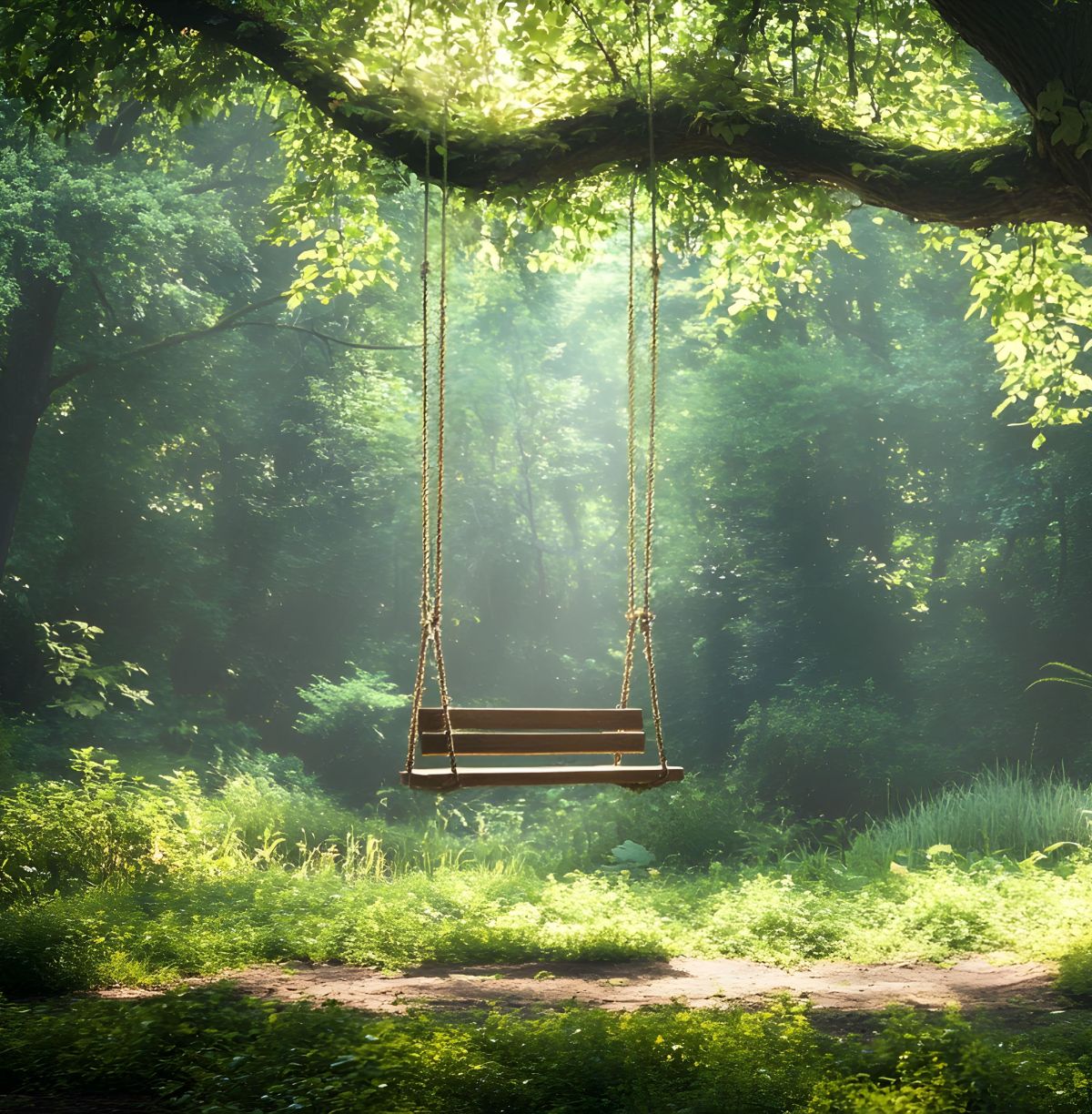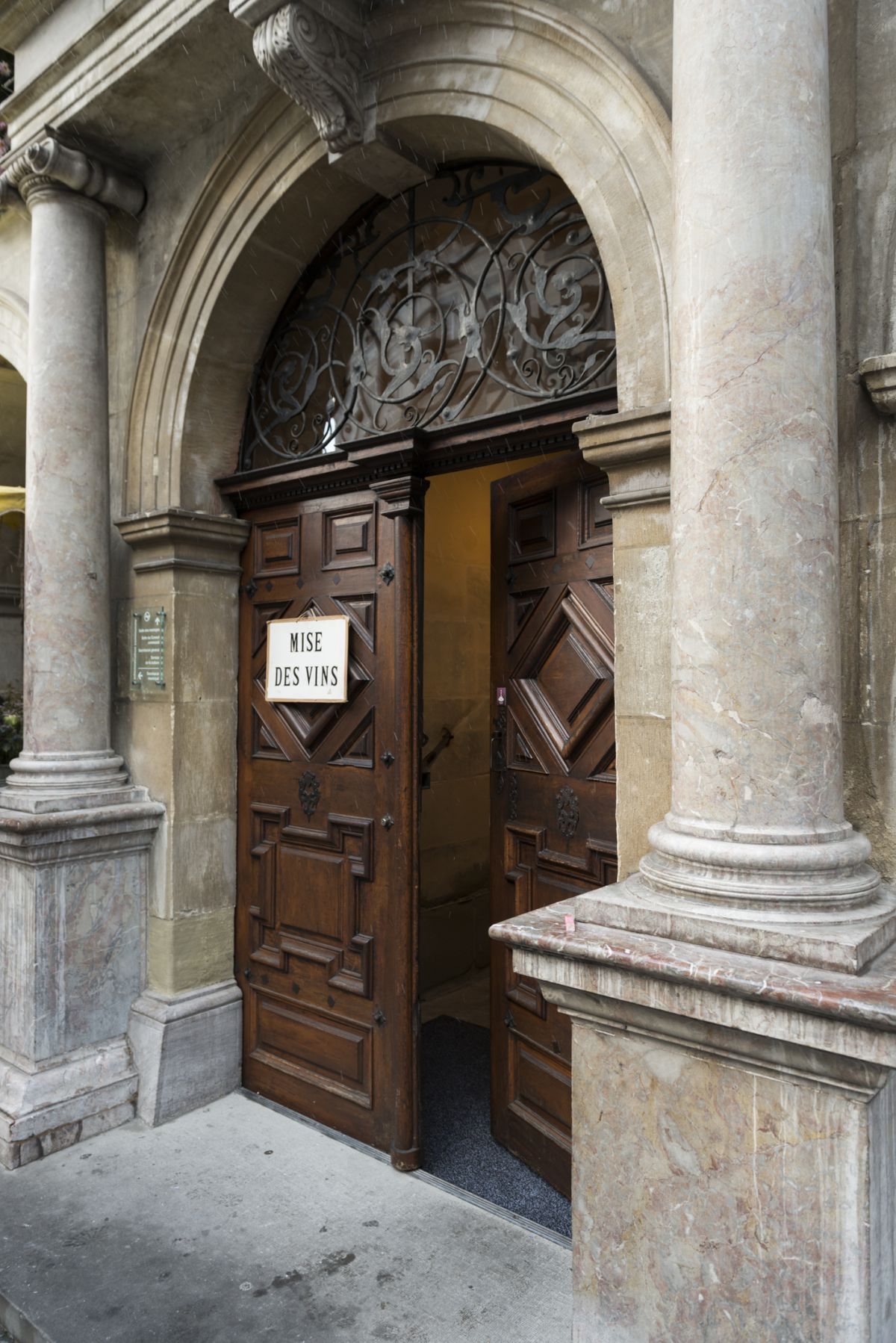Useful information
Address
PLATEFORME 10 - Place de la Gare 16
1003 Lausanne
Schedules
Plateforme 10 tickets - 1 museum, full price (adults aged 26 and over)
15 CHF
Plateforme 10 tickets - 1 museum, reduced price, adults aged 26 and over (AVS, AI, unemployed, students, apprentices)
12 CHF
Plateforme 10 tickets - 1 museum, under the age of 26
Free
Plateforme 10 tickets - 3 museums, full price (adults aged 26 and over)
25 CHF
Plateforme 10 tickets - 3 museums, reduced price, adults aged 26 and over (AVS, AI, unemployed, students, apprentices)
19 CHF
Plateforme 10 tickets - 3 museums, duo (visit for two, adults aged 26 and over)
38 CHF
Plateforme 10 tickets - 3 museums, under the age of 26
Free
Free admission on the first Saturday of the month.
On 24 and 31 December: 10am to 5pm.
Closed on 25 December and 1 January.
Access
CFF train station: 3 minutes on foot
Bus 1, 3, 21, 60: «Lausanne-Gare» stop
Bus 6: «Cécil» stop
Metro M2: «Lausanne-Gare» stop
More info
The retrospective brings together more than 200 of his most important works from public and private collections, both in Switzerland and throughout Europe.
The time for discovering Félix Vallotton is long past. Rather the public is invited to take in a novel approach to his art that draws on recent research carried out in Lausanne.
The first part of the show highlights Vallotton’s prolific output as he worked hard to make a name for himself on the Parisian art scene during the last two decades of the 19th century. A mere 16 years old when he arrived in the French capital, the young Swiss displayed an all-out creative energy in artistic, literary and newspaper circles. Paintings, woodblock prints, book illustrations, and drawings for the press formed the wheels and cogs of a coherent strategy to position himself aesthetically and politically whilst carving out a niche in the art market.
In the 1890s, Vallotton joined the Nabis and established himself in the milieu of the artists, critics and collectors associated with La Revue blanche. His illustrations and satirical drawings for several contemporary newspapers with strong political affinities meant that he and his point of view were heard in the great debates roiling society at the time. While his practice was in line with a flourishing art scene, his singularity is striking and reveals a fierce need for independence. An aloof and critical observer, he stands apart from his contemporaries thanks to his keen eye, satirical wit, incisive style, and stingingly harsh dissonant colours.
The second part of the show is devoted to the revolution that upended Vallotton’s life and work at the turn of the 20th century. Acquired with no little effort on his part, recognition of his talent was reinforced through the financial security provided by his marriage to Gabrielle Rodrigues-Henriques, the daughter of the art dealer Alexandre Bernheim. The artist now turned away from the unrest of modern life and slipped into the melancholy that was characteristic of his temperament. He abandoned engraving and illustration almost entirely in order to devote himself solely to painting, with every ounce of his being and in complete freedom. Nevertheless, he remained a significant presence on the contemporary art scene, where his appearances at Salon gatherings were always anticipated.
Reviving the dialogue with the great tradition of art he had begun in his early youth, Vallotton now confronted the legacy of his illustrious predecessors, Holbein for portraiture, Ingres and Manet for the nude, and Poussin for landscape painting. It was this period that gave birth to the landscapes, portraits, nudes, and mythological subjects that form Vallotton’s decisive contribution to modernity, as the present show makes wonderfully clear.





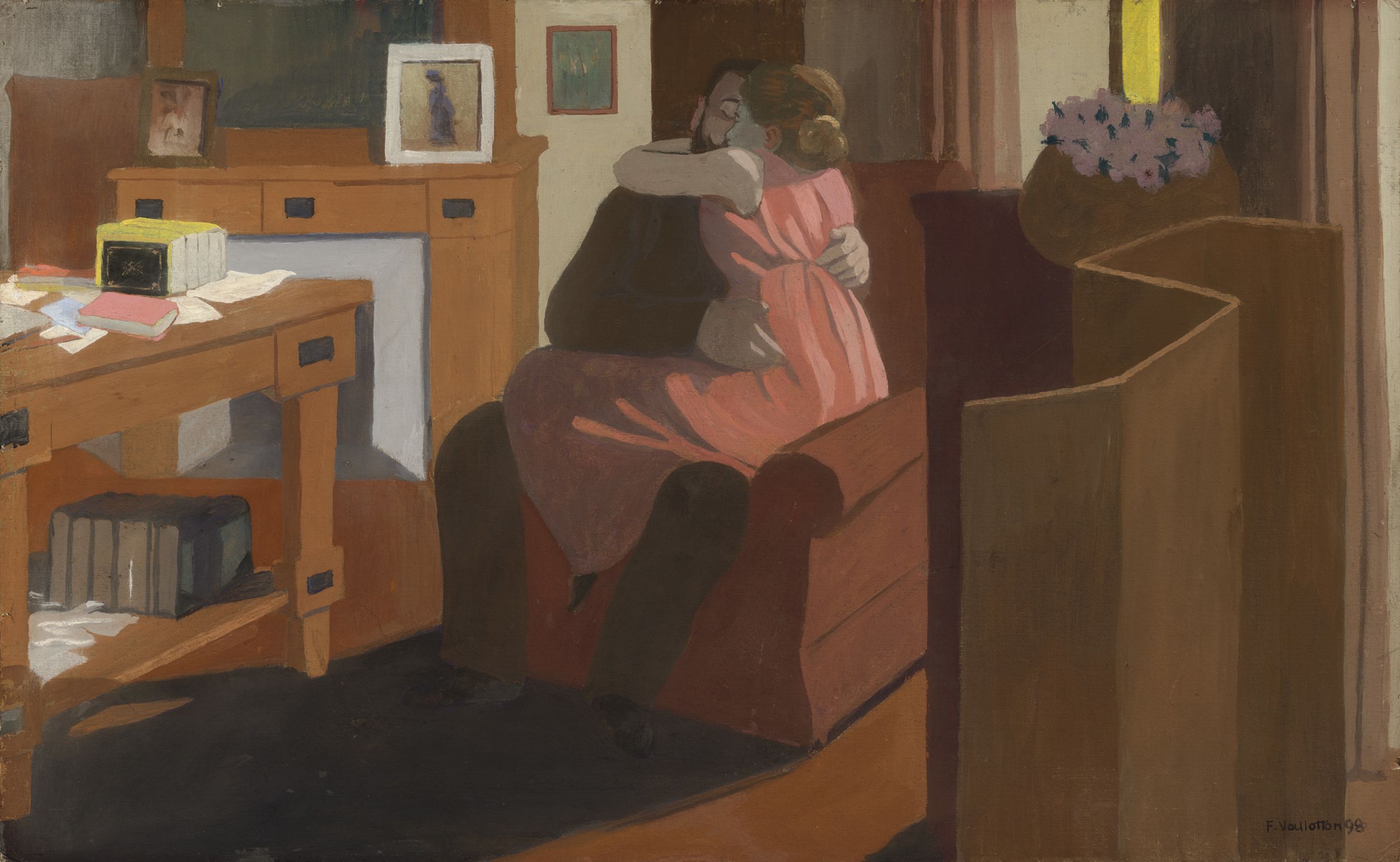
 +41 21 318 44 00
+41 21 318 44 00 Email
Email Website
Website